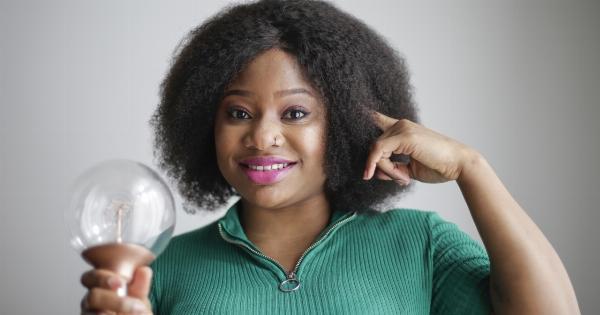In any relationship, power dynamics and influence play a significant role in its evolution.
Power refers to the ability to exert control or authority over someone or something, while influence refers to the capacity to have an effect on the character, development, or behavior of individuals or systems. Understanding the dynamics of power and influence within relationships is crucial for fostering healthy and balanced connections. This article explores the various aspects of power and influence in relationship evolution.
1. Types of Power
There are several types of power that can manifest within a relationship:.
- 1.1. Coercive Power: This power is based on fear and the ability to punish or harm the other person if they do not comply with one’s desires.
- 1.2. Reward Power: This power is derived from the ability to provide rewards or benefits to the other person, motivating them to comply with one’s wishes.
- 1.3. Legitimate Power: This power comes from the formal position or authority one holds in a relationship or organization.
- 1.4. Expert Power: This power arises from possessing knowledge, skills, or expertise that others value and respect.
- 1.5. Referent Power: This power is based on admiration, respect, and the desire to be like or gain approval from the other person.
2. Power Dynamics in Relationships
Power dynamics within relationships can vary, and they may change over time depending on various factors. Some key aspects of power dynamics include:.
2.1. Equality versus Imbalance
Healthy relationships strive for equality, where power is shared and decisions are made through mutual agreement. However, power imbalances can occur due to factors such as differences in financial status, levels of education, or societal norms.
These imbalances can impact the dynamics and satisfaction within the relationship.
2.2. Shifting Power
Power dynamics in relationships may not be static and can shift over time. Changes in personal circumstances, career advancements, or personal development can alter the balance of power between individuals.
It is important to be aware of these shifts and ensure open communication to maintain a healthy balance.
2.3. Communication and Power
Communication plays a vital role in power dynamics. It is through effective communication that individuals express their desires, needs, and boundaries, and negotiate power within the relationship.
Miscommunication or lack of communication can lead to misunderstandings and power struggles.
3. Influence in Relationship Evolution
Influence plays a crucial role in the evolution and growth of relationships. Here are some ways in which influence can shape relationship dynamics:.
3.1. Emotional Influence
Emotions have a significant influence on relationships. Expressing empathy, understanding, and emotional support can positively impact the evolution of a relationship.
Emotional influence involves the ability to empathize with and uplift one another, fostering a deeper bond.
3.2. Shared Values and Interests
When individuals share common values, beliefs, and interests, it creates a strong foundation for the relationship to evolve.
Influencing one another’s perspectives and introducing new experiences can lead to personal growth and strengthened bonds.
3.3. Decision-Making Influence
Decision-making influence involves the ability to have a say in important choices and outcomes within a relationship. Shared decision-making promotes a sense of collaboration and mutual respect, allowing both individuals to feel valued and heard.
4. Balancing Power and Influence
For a healthy and thriving relationship, it is essential to achieve a balance between power and influence:.
4.1. Open Communication
Establishing open and honest communication channels enables individuals to express their needs, concerns, and desires. It promotes understanding and facilitates effective negotiation of power dynamics within the relationship.
4.2. Mutual Respect and Empathy
Respecting each other’s opinions, needs, and boundaries fosters a sense of equality in the relationship. Empathy allows individuals to understand and appreciate each other’s perspectives, leading to balanced power dynamics.
4.3. Collaborative Decision-Making
Shared decision-making ensures that important choices consider the perspectives and desires of both individuals. It prevents one person from dominating decision-making processes and promotes a sense of equality.
5. Overcoming Negative Power Dynamics
In some cases, relationships can experience negative power dynamics. Here are some steps to overcome and address such issues:.
5.1. Recognizing and Reflecting
Recognize the presence of negative power dynamics in the relationship. Reflect on how they impact the well-being and satisfaction of both individuals. Self-awareness is vital to initiate positive changes.
5.2. Open Dialogue
Initiate an open and honest dialogue with the other person. Share your concerns, observations, and feelings regarding the power dynamics. Listen actively to their perspective and be open to constructive criticism.
5.3. Seeking Professional Help
If the negative power dynamics persist or become challenging to address, seeking the help of a professional therapist or counselor can provide guidance and support in navigating and resolving the issues.
Conclusion
Power and influence are integral components of relationship evolution. Understanding the types of power, recognizing power dynamics, and harnessing positive influence can lead to healthier and more fulfilling connections.
Balancing power and influence through open communication, mutual respect, and collaborative decision-making fosters the growth and longevity of relationships.





























